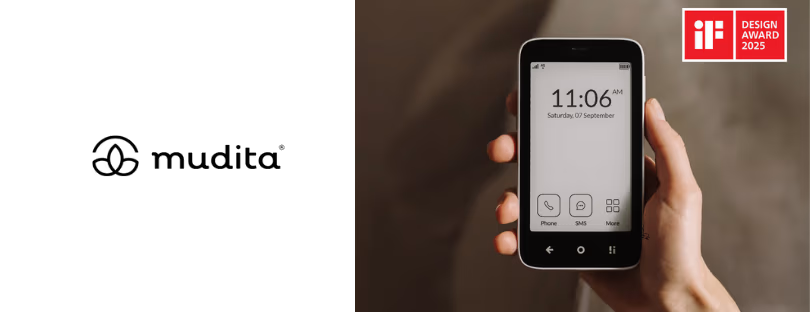
IoT Drives Smart Home Market to $455 Billion
As per the recent report released by Kings Research, the global smart home device market valuation was recorded at USD 86.27 billion in 2022 and is estimated to reach USD 455.06 billion by the year 2030, depicting a 23.21% CAGR through the forecast period of 2023–2030. Major factors propelling market growth include increasing connectivity and the proliferation of IoT devices. With the growing prevalence of Internet-connected devices, consumers can remotely monitor and control their homes, providing enhanced energy efficiency and convenience. IoT Smart Home Market
Smart home devices refer to devices connected to the Internet that can be controlled using smartphones or other smart devices via remote access. These devices improve a home’s safety, convenience, and energy efficiency. The devices used in smart homes include a wide spectrum of products, such as door locks, security cameras, thermostats, lighting systems, kitchen appliances, entertainment systems, and more.
Amazon’s Alexa App’s Map View Offers an Enhanced Experience for Smart Homes
E-commerce giant Amazon’s Alexa app launched a new user interface called Map View in November 2023, which allows users to create a digital version of their home’s floor plan and pin Alexa-connected devices to each room. It allows users to check device status, control lights, adjust thermostats, and more from the app. The interface is first available in the Alexa mobile app and will be available on the new Echo Hub smart home controller in early 2024.
Map View is compatible with a wide range of Alexa-connected devices, such as lights, smart plugs, thermostats, cameras, and Echo devices. Users can easily control and monitor their devices, adjusting brightness, turning them on/off, managing thermostats, adjusting Echo volume, and viewing live camera feeds on the map.
Competitive Landscape IoT Smart Home Market
Key leaders in the smart home devices market are focusing on critical business strategies, including product innovations, partnerships, mergers & acquisitions, and joint ventures, to broaden their product offerings and expand their respective market shares across various regions. For instance, in October 2022, Walmart, a leading global retailer, and electronics company Roku, Inc., launched a new line of smart home products, encompassing security cameras, lighting, video doorbells, plugs, and more. This addition to Roku’s product portfolio provides a wide range of simple and affordable smart home devices.
Rising Application of Wireless Devices to Augment Smart Home Devices Market Growth
Based on protocols, the market for smart home devices is bifurcated into hybrid, wired, and wireless.
The wireless segment led the global smart home device industry in 2022 and is set to witness considerable growth over the review period of 2023–2030. The rapid emergence of the Internet and rising penetration of smart connected devices are boosting the adoption of wireless protocols.
These devices are easy to use, install, and manage, offering remote access for monitoring and control. Smart home devices provide cost-effective and easy-to-upgrade solutions that enhance flexibility, speed, and efficiency. The surging popularity can be attributed to advanced communication protocols such as ZigBee, Wi-Fi, Bluetooth, and Z-Wave. These protocols enable seamless communication across locations and offer diverse capabilities, including mobile connectivity.
Increasing Demand for Security and Access Control Products to Spur Smart Home Devices Market Development
Based on product, the smart home devices market is divided into security and access control, media and entertainment, HVAC control, lighting control, and others.
The security and access control segment dominated the smart home device industry in 2022 and is likely to observe notable growth through the assessment period from 2023 to 2030. The segmental growth is attributed to the rising demand for smart security solutions and the need to provide authorized access to keep areas safe. Smart locks and security cameras, equipped with advanced features such as personalized PINs, live stream playback, and fingerprint sensors, offer valuable assistance in monitoring homes.
Surging Need for Remote Monitoring of Homes to Drive Smart Home Devices Market Progress
The smart home device market is advancing at a steady pace due to the rise in the adoption of Internet of Things (IoT) devices. With greater connectivity, consumers can now easily monitor and control their homes from anywhere, offering convenience and energy savings. Additionally, the rise in Internet users, the adoption of smart devices, and changing customer preferences for security systems, voice technology, and video doorbells are fueling market growth. Smart homes have surged in popularity due to technological advancements in image sensors with improved sensitivity and noise reduction. With superior accessibility, smart homes are now appealing to a wider audience while offering convenience and promoting energy savings.
Widespread Adoption of IoT Devices in North America to Support Smart Home Devices Market Advancements
North America led the global smart home devices market in 2022, bolstered by the widespread adoption of IoT devices across industries such as security, healthcare, and energy management. The rise in connectivity, automation, data exchange, integration, remote access control, and the introduction of new applications are foreseen to aid regional market growth through the forecast period. As IoT technology advances and gains popularity, the demand for smart home devices is expected to rise, presenting opportunities for innovation and progress in the smart home sector.
The prominent players profiled in the smart home device market include:
- Roku, Inc.
- Amazon.com, Inc.
- Siemens
- Honeywell International, Inc.
- Legrand
- Google LLC
- Robert Bosch GmbH
- LG Electronics, Inc.
- SAMSUNG
- ABB








